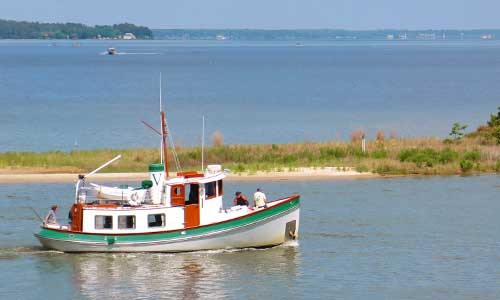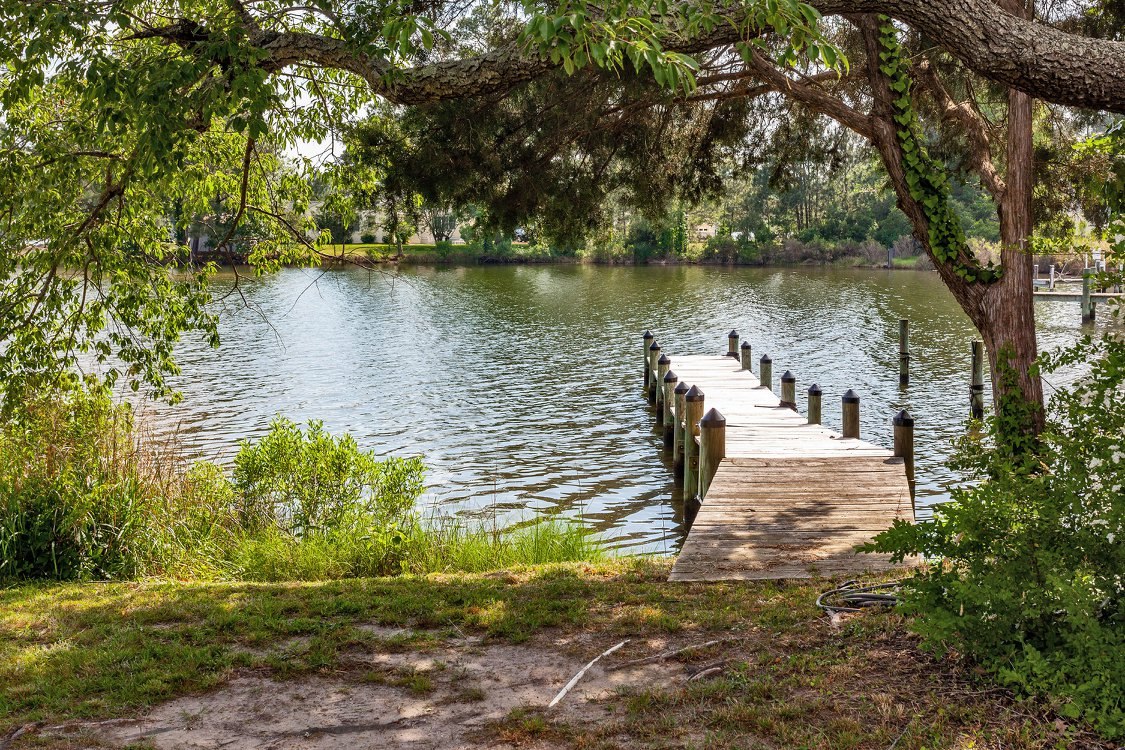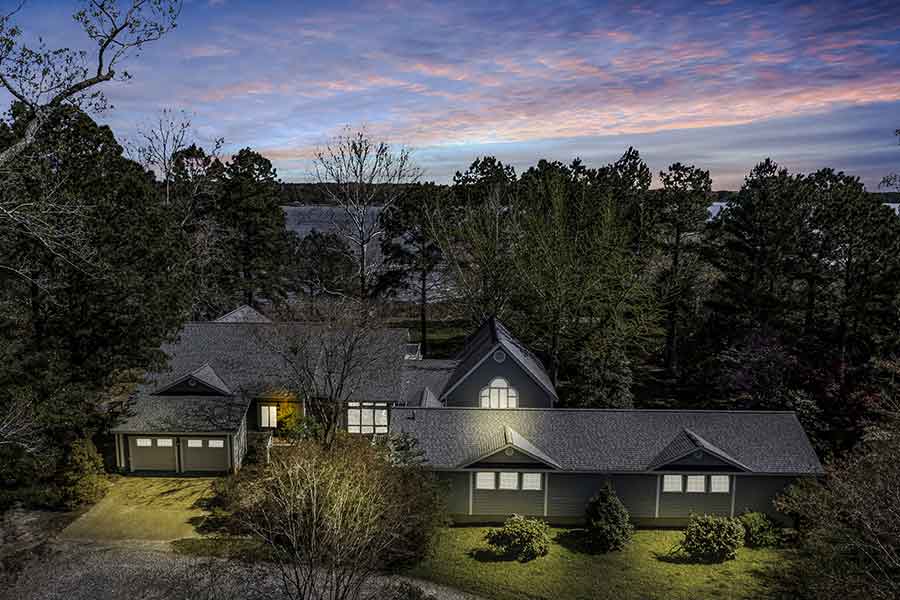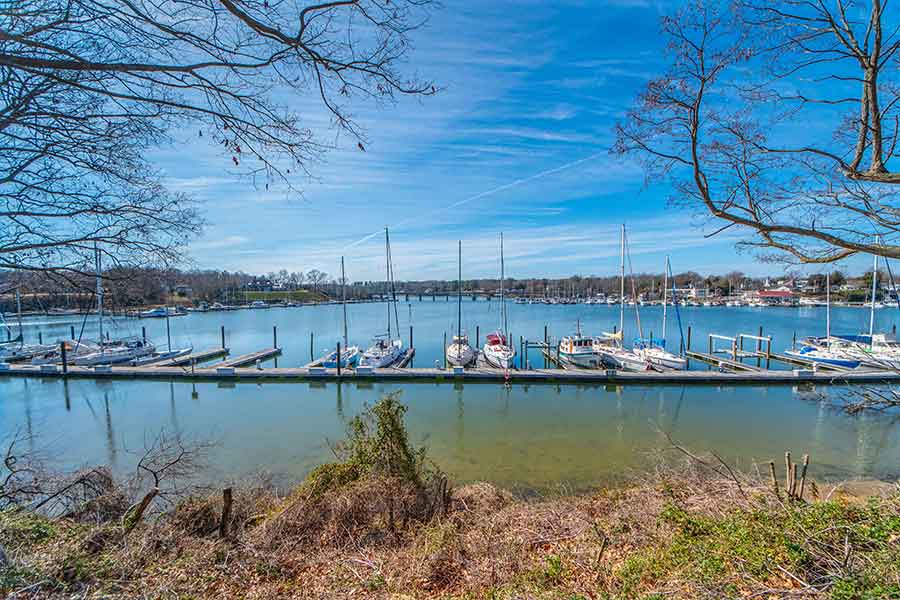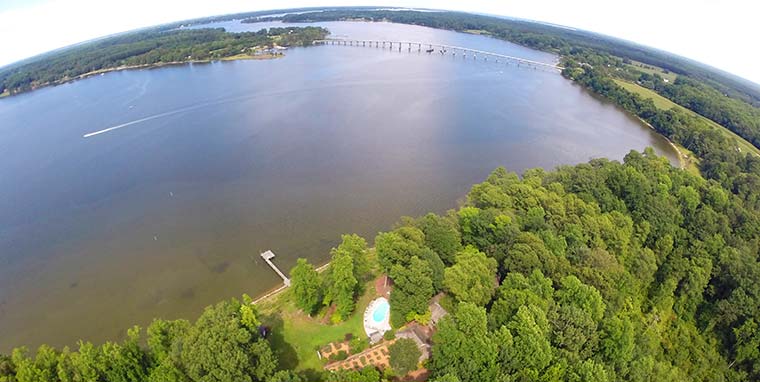 One indisputable fact about living on or near any body of water is the possibility of property damage caused by flooding. That said, virtually all property is at some risk of flooding, even if you live on a mountaintop. Hurricanes, tropical storms, nor’easters, and heavy rainfall — all can cause water to rise along the coastline as well as inland locations. Although flood insurance will not erase the heartache of suffering property damage, it will ease the pain of costly financial losses.
One indisputable fact about living on or near any body of water is the possibility of property damage caused by flooding. That said, virtually all property is at some risk of flooding, even if you live on a mountaintop. Hurricanes, tropical storms, nor’easters, and heavy rainfall — all can cause water to rise along the coastline as well as inland locations. Although flood insurance will not erase the heartache of suffering property damage, it will ease the pain of costly financial losses.
Quick Facts on Floods and Flood insurance:
- Flooding is the most common natural disaster in the United States, affecting every region and state.
- Flood insurance is a separate policy because flood damage is not typically covered by homeowners insurance.
- Recovering from just one inch of water inside the average home can cost approximately $27,000.
If you have purchased a home, you are probably familiar with homeowners insurance. Most mortgage lenders require it and keeping a policy in place even after your property is paid off protects your investment. There was a time when homeowners insurance covered damage from flooding, but that model became unprofitable and insurance companies stopped offering the coverage. In response, the U.S. Congress created the National Flood Insurance Program (NFIP) in 1968. The program is administered by the Federal Emergency Management Agency (FEMA) and provides an alternative to disaster assistance. Property owners living in participating communities may purchase flood insurance through private insurance companies but the policies are issued through the federally funded NFIP. Participating communities agree to adopt and enforce floodplain management ordinances to reduce future flood damage.
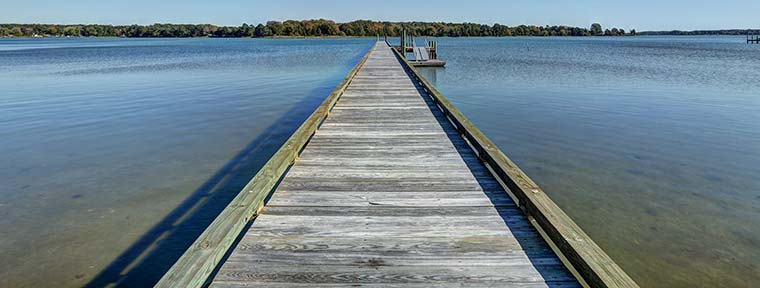 If you are considering purchasing property on or near the water, the following questions will get you started in understanding and determining your needs regarding flood insurance:
If you are considering purchasing property on or near the water, the following questions will get you started in understanding and determining your needs regarding flood insurance:
Is flood insurance a requirement?
Flood insurance is a requirement if the property is in a zone considered to be at high risk, and is going to be financed by a federally regulated or insured lender. Also, some insurance carriers require it for a homeowner’s insurance policy to be put in place. For property that is owned outright, the need for flood insurance is determined by the location of the property and its flooding risk. It’s best to rely on the professional advice of a surveyor or insurance agent for this type of situation.
How do I know if the property I’m considering buying requires flood insurance?
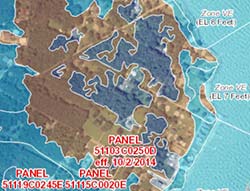 A surveyor or insurance agent can provide insight on whether or not a property lies in a flood zone. If you are getting a mortgage on the property, your lender will notify you if flood insurance is required. It’s a good idea to explore flood insurance rates before you seek financing to make sure the insurance premiums will be within your budget.
A surveyor or insurance agent can provide insight on whether or not a property lies in a flood zone. If you are getting a mortgage on the property, your lender will notify you if flood insurance is required. It’s a good idea to explore flood insurance rates before you seek financing to make sure the insurance premiums will be within your budget.
How much does flood insurance cost?
Unless your property is located in an extremely low risk area, flood rates can vary greatly. A policy can cost anywhere from a few hundred dollars to several thousand dollars or more annually.
What does flood insurance cover?
Flood insurance covers the building and its contents. Maximum coverage for the building is $250,000, which typically meets the mortgage requirement even if the loan amount is much greater than this value, and $100,000 for personal property (contents). Anything over that amount requires a separate policy from one of the few private companies issuing this type of coverage. Keep in mind that contents are covered at their depreciated value.
How much flood coverage can a lender require?
The amount of flood insurance coverage required by the Flood Disaster Protection Act of 1973, as amended by the National Flood Insurance Reform Act of 1994, is the lesser of the following:
• The maximum amount of NFIP coverage available for the particular property type
• The outstanding principal balance of the loan, or
• The insurable value of the structure.
What about flood relief funds?
According to FEMA, most federal disaster assistance comes in the form of low-interest disaster loans from the U.S. Small Business Administration (SBA) and you have to pay them back. FEMA offers disaster grants that don’t need to be paid back, but this amount is often much less than what is needed to recover. A claim against your flood insurance policy could and often does, provide more funds for recovery than those you could qualify for from FEMA or the SBA — and you don’t have to pay the money back.
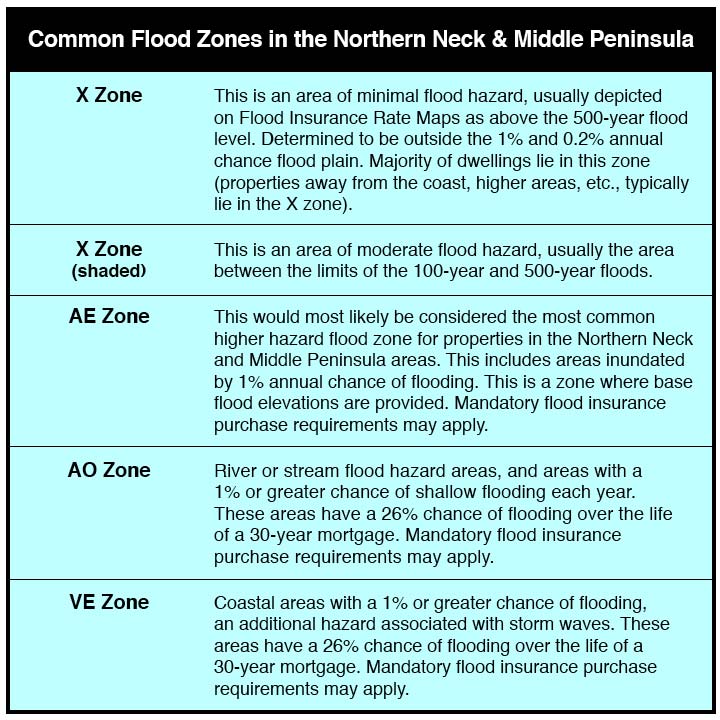
FEMA Flood Zone Designations
All property has a flood zone rating. Flood zones are geographic areas that the FEMA has defined according to varying levels of flood risk. Each zone reflects the severity or type of flooding in the area. To find the flood risk zone rating for a specific area go to FEMA’s online flood map service center and enter the location.
Flood Insurance Wisdom From An Expert

Travis Law is an insurance agent at Middle Peninsula Insurance & Financial Services, with offices in Williamsburg, Hopewell, and Deltaville. He says that flood insurance is very complex and it takes a lot of work to find out what’s really there. In addition to helping new homeowners, many of his clients are people with existing flood insurance policies that are experiencing a rate increase and they consult with him to see what can be done to lower their premium.
He says a common misunderstanding is that flood coverage is the same across the board. It is mandated and regulated by FEMA, so technically speaking it should be the same, but there are a lot of variables that determine coverage rates, such as a property’s flood map zone rating (as determined by FEMA), the existence of previous coverage, and whether or not the property is eligible for grandfathering. Structural changes made to the property such as raising the building(s), installing flood vents, or filling in basements can reduce premiums. Another important factor is the base flood elevation (BFE). The BFE is the computed elevation to which flood waters are anticipated to rise during the base (1% annual chance) flood event. The relationship between the BFE and a structure’s elevation determines the flood insurance premium.
An elevation certificate, in my eyes, is the true depiction of a property’s susceptibility of flooding. I personally would not buy a waterfront property that’s in a high risk flood zone without having one.”
—Travis Law, Insurance Agent
His investigative work begins with finding the flood zone rating of the property, then determining what kind of foundation the home has, whether it be a crawl space, pilings, basement or slab, etc. Then he searches for an elevation certificate. An elevation certificate (obtained through a surveyor) is an official record that documents a building’s elevation level, allowing for more accurate flood risk determinations. Travis says this document is key to making sure you are getting the best rates possible, and what your true options are.
In closing, remember that even though a property is in a high risk flood zone and requires flood insurance, many other homes share the same risks, and typically in a nor’easter or even a hurricane it’s not uncommon for a lot of those homes to have absolutely no damage.
 Written by Carolyn August for Rodgers & Burton –
Written by Carolyn August for Rodgers & Burton –
Carolyn is a writer and designer who has been working in the communications field for over 25 years. She will take on any topic to research and write about, and especially enjoys taking complex subjects and making them easy to understand. Often called a “renaissance woman” by her friends and colleagues, her many creative passions include writing, ceramic arts, music, fiber arts, gardening and winemaking. She and her husband share their Virginia farmhouse with two dogs, one cat and a pair of bald eagles who nest in their woods. When not creating, Carolyn prefers to be paddling on the waters of the Chesapeake Bay.



